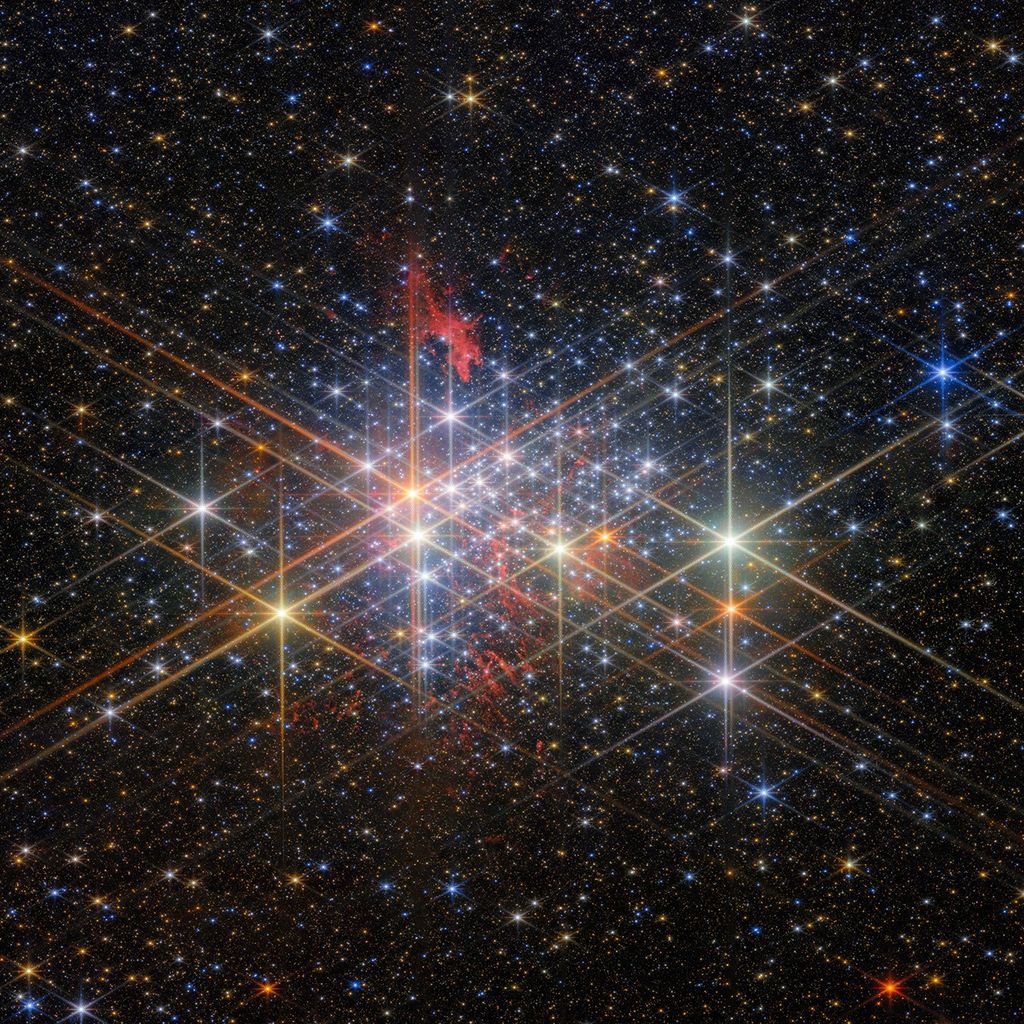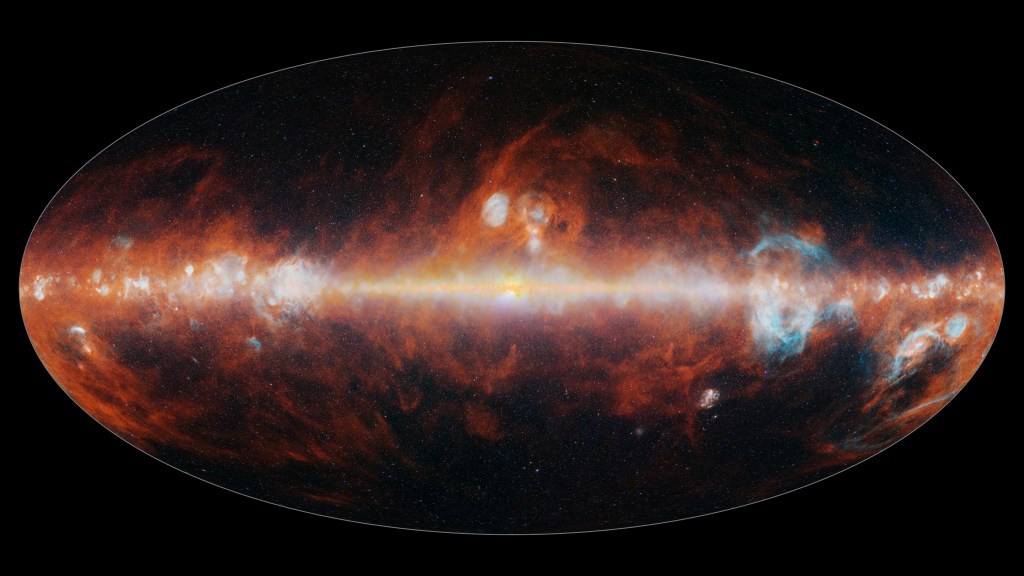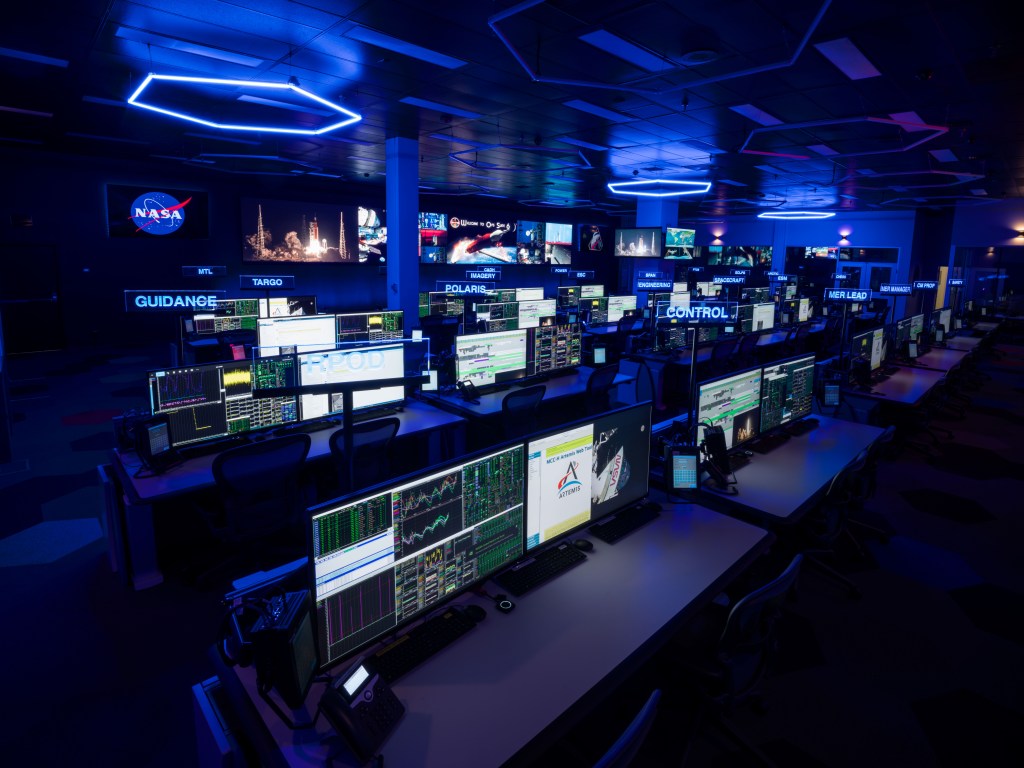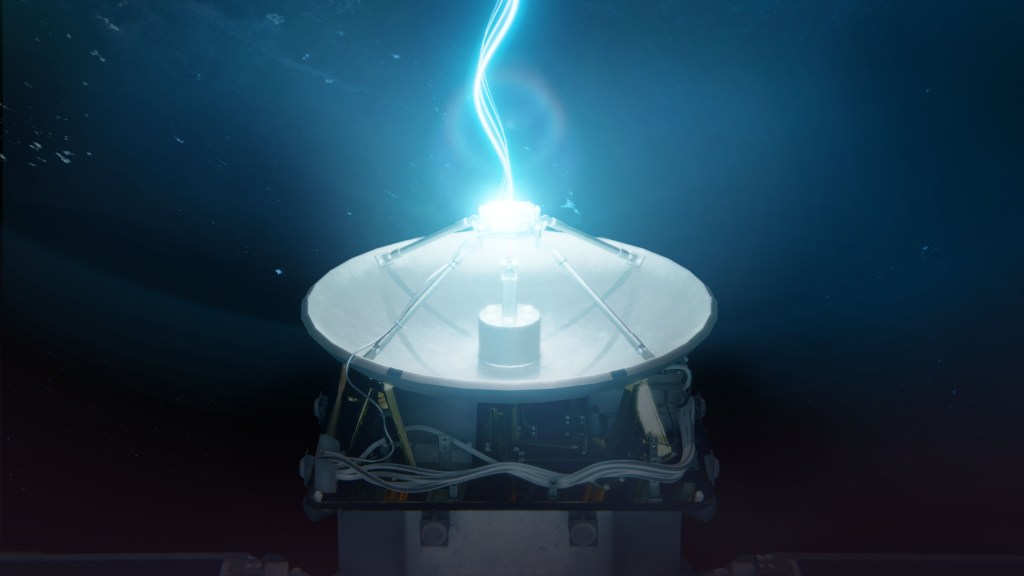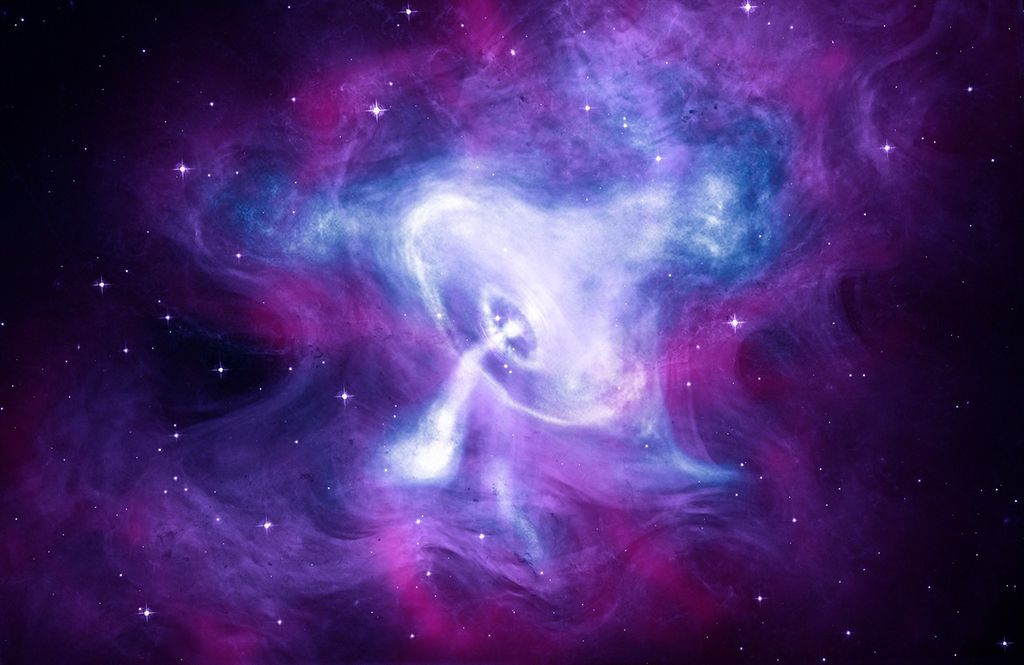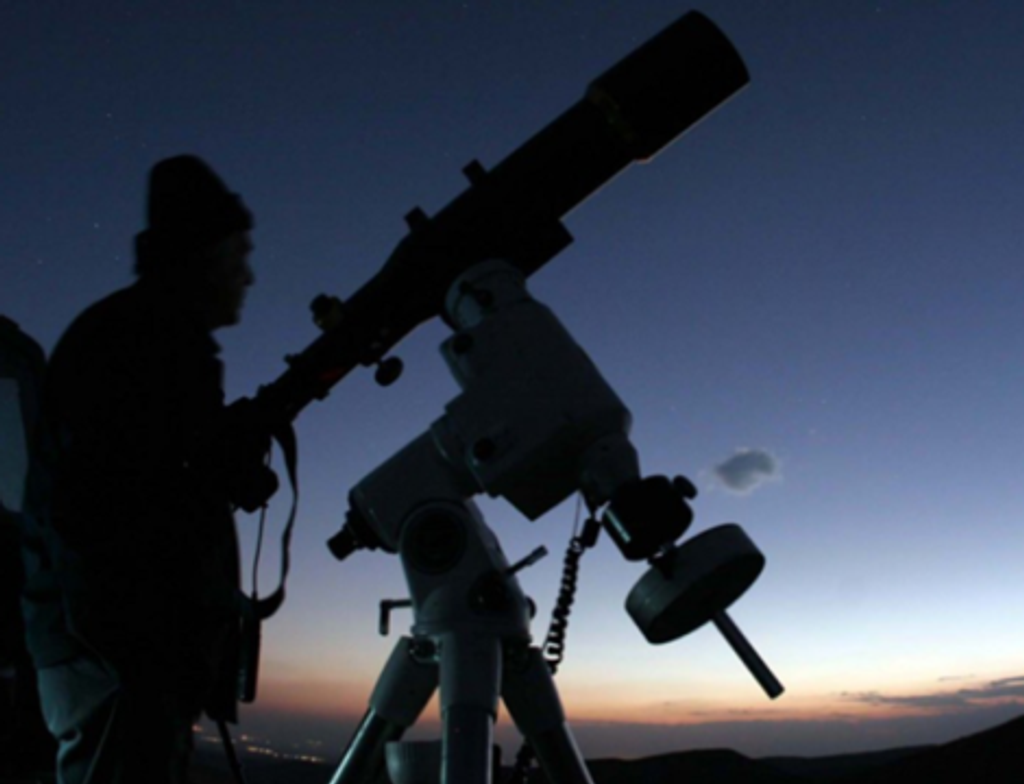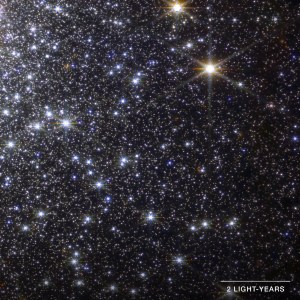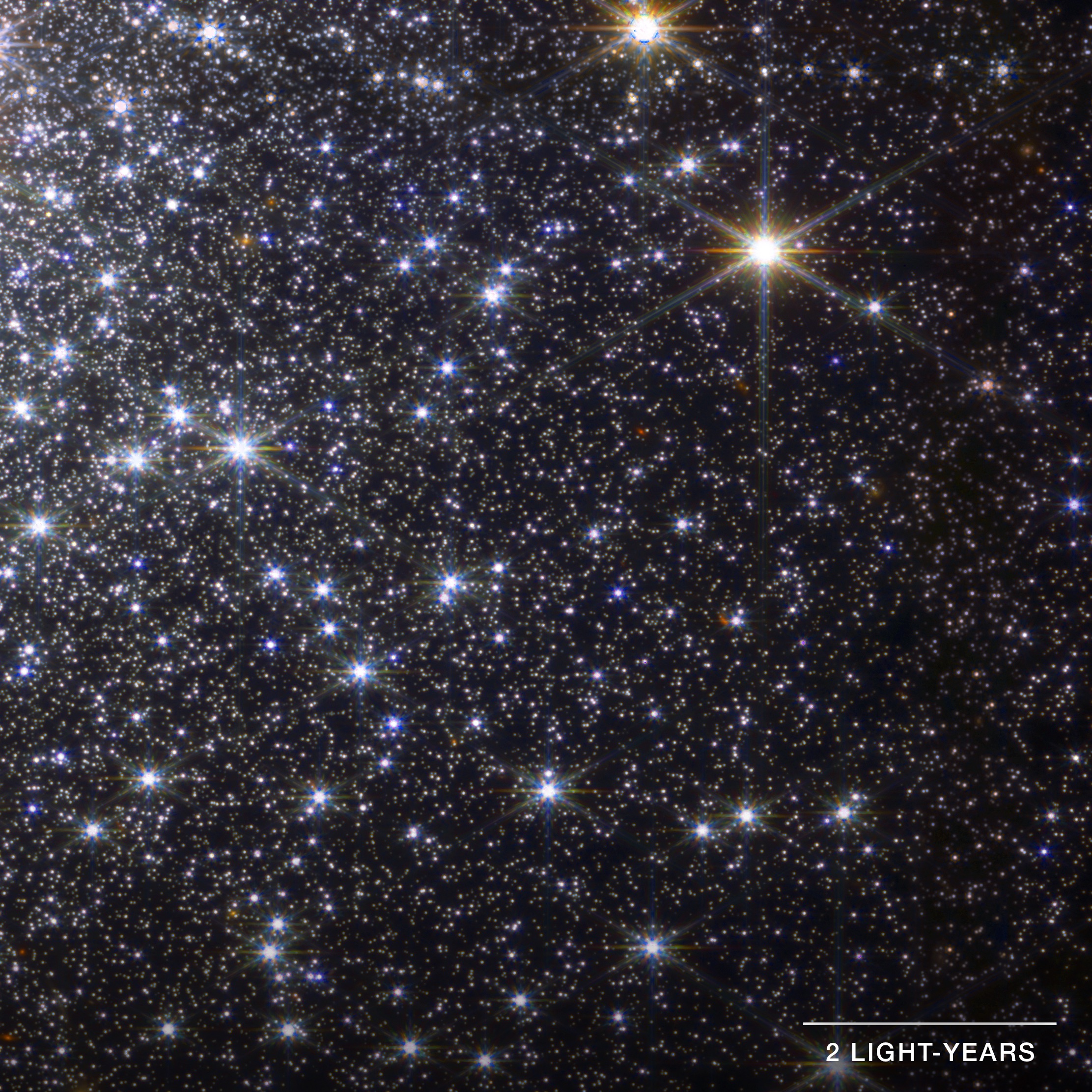
STSCI-J-p23501b-f-2223×2223
Detail of the globular cluster M92 captured by Webb's NIRCam instrument. This field of view covers the lower left quarter of the right half of the full image. Globular clusters are dense masses of tightly packed stars that all formed around the same time. In M92, there are about 300,000 stars packed into a ball about 100 light-years across. The night sky of a planet in the middle of M92 would shine with thousands of stars that appear thousands of times brighter than those in our own sky. The image shows stars at different distances from the center, which helps astronomers understand the motion of stars in the cluster, and the physics of that motion. Download the image detail of M92 from the Space Telescope Science Institute. Image credit: NASA, ESA, CSA, A. Pagan (STScI).
- X


